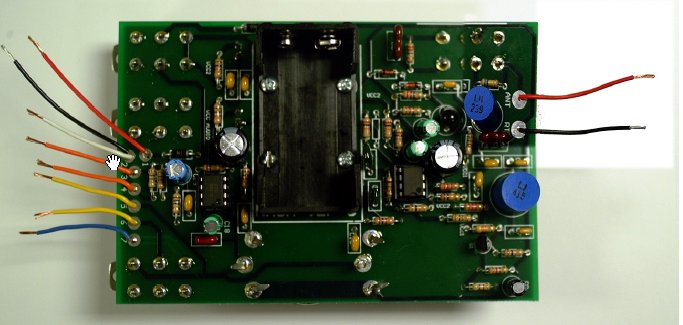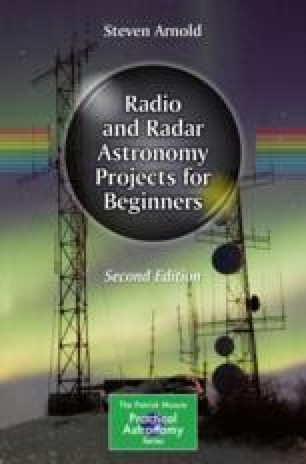

Cubesat 1U bus.ĪrduSat 1, X Technology, education satellite with an Arduino processor for NanoSatisfi Inc., USA. Cubesat 1U bus.ĪRC 2 Technology satellite for University of Alaska, Fairbanks Alaska Space Grant Program (ASGP), USA. Cubesat 6U bus.ĪRC 1 Technology satellite for University of Alaska, Fairbanks Alaska Space Grant Program (ASGP), USA. Cubesat 12U bus.ĪRAPAIMA Technology satellite for Embry-Riddle Aeronautical University, USA. Cubesat 3U bus.Īoxiang Zhixing Technology satellite for Shaanxi Engineering Laboratory (SELM), Northwestern Polytechnical University (NPU), China. Cubesat 2U bus.ĪOSAT 1 Technology satellite for Arizona State University, USA. Cubesat 2U bus.ĪOBA-VELOX 4 Technology satellite for Nanyang Technological University, Singapore Kyushu Institute of Technology (Kyutech), Singapore, Japan. Cubesat 2U bus.ĪOBA-VELOX 3 Technology satellite for Nanyang Technological University, Singapore Kyushu Institute of Technology (Kyutech), Singapore, Japan.

Cubesat 6U) (Mule bus.ĪNTELSAT Technology satellite for Facultad de Ingeniería de la Universidad de la República (FING), ANTEL, Uruguay carried infrared imager and amateur radio payloads. Cubesat 3U bus.ĪNDESITE Earth observation, technology satellite for Boston University Center for Space Physics, USA. (bus) for Air Force Institute of Technology (AFIT) for NRO, USA. Cubesat 2U bus.ĪLICE Technology satellite built by Air Force Institute of Technology (AFIT) Pumpkin Inc. Cubesat 3U bus.Īl-Farabi 1 Education, technology satellite for Al-Farabi Kazakh National University, Kazakhstan. Cubesat 1U bus.ĪLBus Technology satellite for NASA Glenn Research Center, USA. Brazil's AESP-14 cubesat was ejected but appeared not to be transmitting.

Deployed from ISS after a five-month hiatus following deployer problems. Cubesat 1.5U bus.ĪESP-14 Science, magnetosphere satellite for ITA, INPE, Brazil. Cubesat 1U bus.ĪeroCube 5 Technology satellite for The Aerospace Corporation, USA. Cubesat 1U bus.ĪeroCube 11 Satellite demonstrating use of a multispectal imager covering the Landsat-8 visible bands in a 3U Cubesat package.ĪeroCube 4 Technology satellite for The Aerospace Corporation, USA. Launched 2012.ĪeroCube 1, 2, 3 Technology satellite for The Aerospace Corporation, USA. (bus) for University of Southern California/Space Engineering Research Center (USC/SERC) for NRO, USA. Cubesat 2U bus.Īeneas Technology satellite with a cargo container tracking experiment built by University of Southern California/Space Engineering Research Center (USC/SERC) Pumpkin Inc. Cubesat 1U bus.ĪDAMASat Technology satellite for Space Systems Lab, USA. Cubesat 1U bus.ĪAUSAT 3, 4, 5 Technology satellite for Aalborg University Cubesat, Denmark. Cubesat 1U bus.ĪAUSAT 2 Technology satellite for Aalborg University Cubesat, Denmark. It carried a 100-meter-resolution Earth imaging camera. Cubesat 3U bus.ĪAU-Cubesat Technology satellite for Aalborg University Cubesat, Denmark.

Cubesat 3U bus.Īalto 1 Technology, Earth observation satellite for Aalto University, Finland. Cubesat 6U bus.ģ-Diamonds 1, 2, 3 Communications satellite built by GOMSpace for Sky and Space Global, U.K., Israel, Australia. Cubesat 1U bus.ģCat 2 Technology satellite for Universidad Politécnica de Cataluña (UPC), Spain. Cubesat 1U bus.ģCat 1 Technology satellite built by Universidad Politécnica de Cataluña (UPC)) for Universidad Politécnica de Cataluña (UPC), Spain. Users could buy the bare-bones structure, or satellites equipped with computer, communications, and the power systems to meet mission requirements.ġKUNS-PF Technology satellite for University of Nairobi, Kenya. Scores of satellites could be launched at once.Ĭubesats could be used for scientific missions (microgravity, biomedical, component testing, amateur radio) or personal (burial, photography). They combined the CubeSat technology with their Multi-Payload Adaptor, effectively creating a launch pad in space. One Stop Satellite Solutions was one company marketing the technology. A CubeSat microsatellite could hold anything, from microgravity experiments to the ashes of a loved one. The CubeSat microsatellite was a perfect cube, holding its experiments inside like shelves in a cupboard. The Cubesat bus measured 10 centimeters on a side, and weighed less than one kilogram. Span: 0.0100 m (0.0320 ft).Įmploying ultra-small satellite technology invented by Stanford University, CubeSats provided a satellite that could be placed into Earth orbit for under $ 100,000. Used in dozens of launches.ĪKA: See list. Home - Search - Browse - Alphabetic Index: 0- 1- 2- 3- 4- 5- 6- 7- 8- 9Ī- B- C- D- E- F- G- H- I- J- K- L- M- N- O- P- Q- R- S- T- U- V- W- X- Y- Manufacturer ImageĪmerican low-cost nanosatellite bus.


 0 kommentar(er)
0 kommentar(er)
